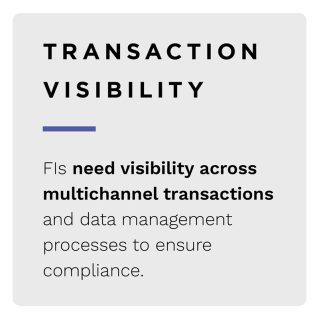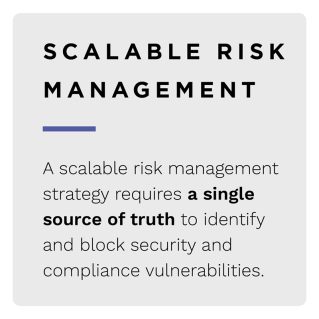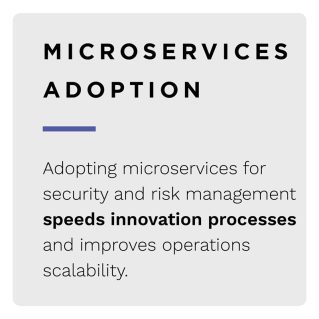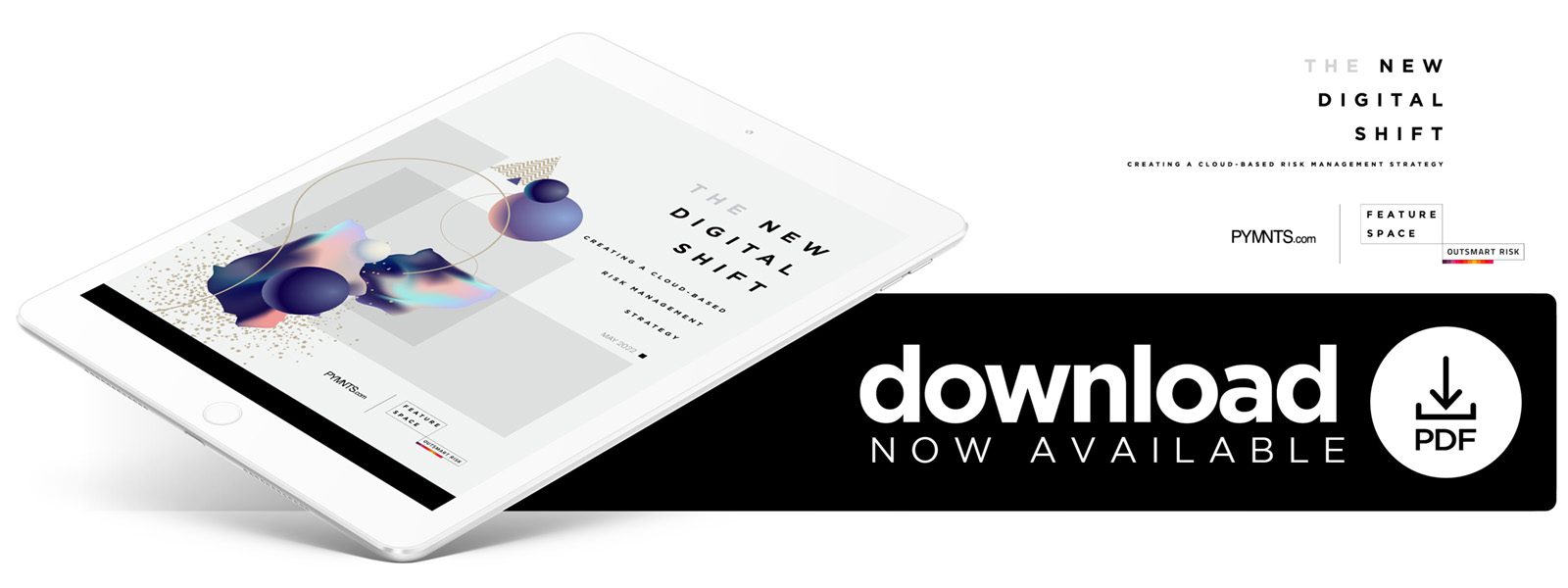NEW REPORT: Cloud-Based Microservices Are Transforming Modern Risk Management

Financial institutions (FIs) face a range of challenges in today’s payments ecosystem. While developing new ways of removing frictions from sending and receiving funds for clients, FIs must also maintain compliance, deliver seamless feature performance for consumers on every device and keep track of any potential vulnerabilities to data corruption or theft. These challenges have led many FIs to integrate cloud-based microservices into their operations, as well as risk management strategies.
 The New Digital Shift: Creating A Cloud-Based Risk Management Strategy, a PYMNTS and Featurespace collaboration, assesses emerging fraud trends in the financial services space. The Playbook offers FIs a quick-start guide to analyzing and managing cyber risk and explores the tools and technologies that can help FIs bolster their anti-money laundering (AML) and fraud prevention strategies.
The New Digital Shift: Creating A Cloud-Based Risk Management Strategy, a PYMNTS and Featurespace collaboration, assesses emerging fraud trends in the financial services space. The Playbook offers FIs a quick-start guide to analyzing and managing cyber risk and explores the tools and technologies that can help FIs bolster their anti-money laundering (AML) and fraud prevention strategies.
A few key findings from this report include:
• Microservices can accelerate digital transformations.
For FIs and growing businesses, risk management is not only about fighting fraud and money laundering. Risk also includes poor customer experiences due to service interruptions, inconsistent product feature performance and poor data visibility.
According to the report, microservices represent a new digital shift for FIs keen on improving risk management and operations efficiency in tandem. Microservices represent a modern shift in how FIs and FinTechs create, deploy and upgrade products, services and features. They also represent a purpose-driven, agile architecture built for a distributed application that allows loosely-connected services to accomplish a specific task, add a feature to a service or selectively trigger an outcome or series of outcomes.
 Microservices allow FIs to add features to an existing tech stack via an application programming interface (API). This makes it possible for FIs and other businesses to easily create innovative new product features and services and offer them to consumers quickly, then update, scale or remove one service or feature within an application without impacting others. This ability makes it easier for businesses and FIs to scale in an “elastic” fashion: microservices allow them to add transaction processing capacity and new features on-demand.
Microservices allow FIs to add features to an existing tech stack via an application programming interface (API). This makes it possible for FIs and other businesses to easily create innovative new product features and services and offer them to consumers quickly, then update, scale or remove one service or feature within an application without impacting others. This ability makes it easier for businesses and FIs to scale in an “elastic” fashion: microservices allow them to add transaction processing capacity and new features on-demand.
• Microservice adoption can enhance operations visibility.
Some of the world’s biggest companies, such as Amazon, Netflix, Etsy and Uber, have moved critical task management from monolithic operations to microservices. One survey showed that 77% of enterprises had adopted some form of microservice. Of those enterprises, 92% reported that their organizations had experienced tangible benefits, ranging from better overall scalability to greater developer productivity.
Microservices also hold significant appeal as the basis of an overall risk management strategy. Microservices are often used in conjunction with containers — cloud-based packages that hold code and the dependencies that allow deployed software to execute. Kubernetes (K8s) container orchestration, often managed through a third-party platform, grants organizations full container tracking, visibility and on-demand scalability of features across multiple cloud environments.
 • Kubernetes (K8s) may optimize microservices benefits.
• Kubernetes (K8s) may optimize microservices benefits.
K8s can make microservices more valuable as a component of risk management strategy. Because K8s-based microservices can be developed, deployed and managed across on-premises and cloud-based environments, K8s allow development teams to create and scale innovative features quickly and reliably, with minimal resource expenditure. K8s and microservices also allow FIs and FinTechs to repair problems rapidly.
K8s’ container orchestration can provide enhanced security for service interruptions. Containerized microservices can operate using multiple virtual machines (VMs). Because of this, a single VM failure will not impact end-user service if the application uses other microservices as a backup, since applications and their corresponding data are held within specific workloads and are not visible to other containers unless a connection is initiated.
Microservices are just one component of a powerful risk management strategy. To learn more, download the report.

